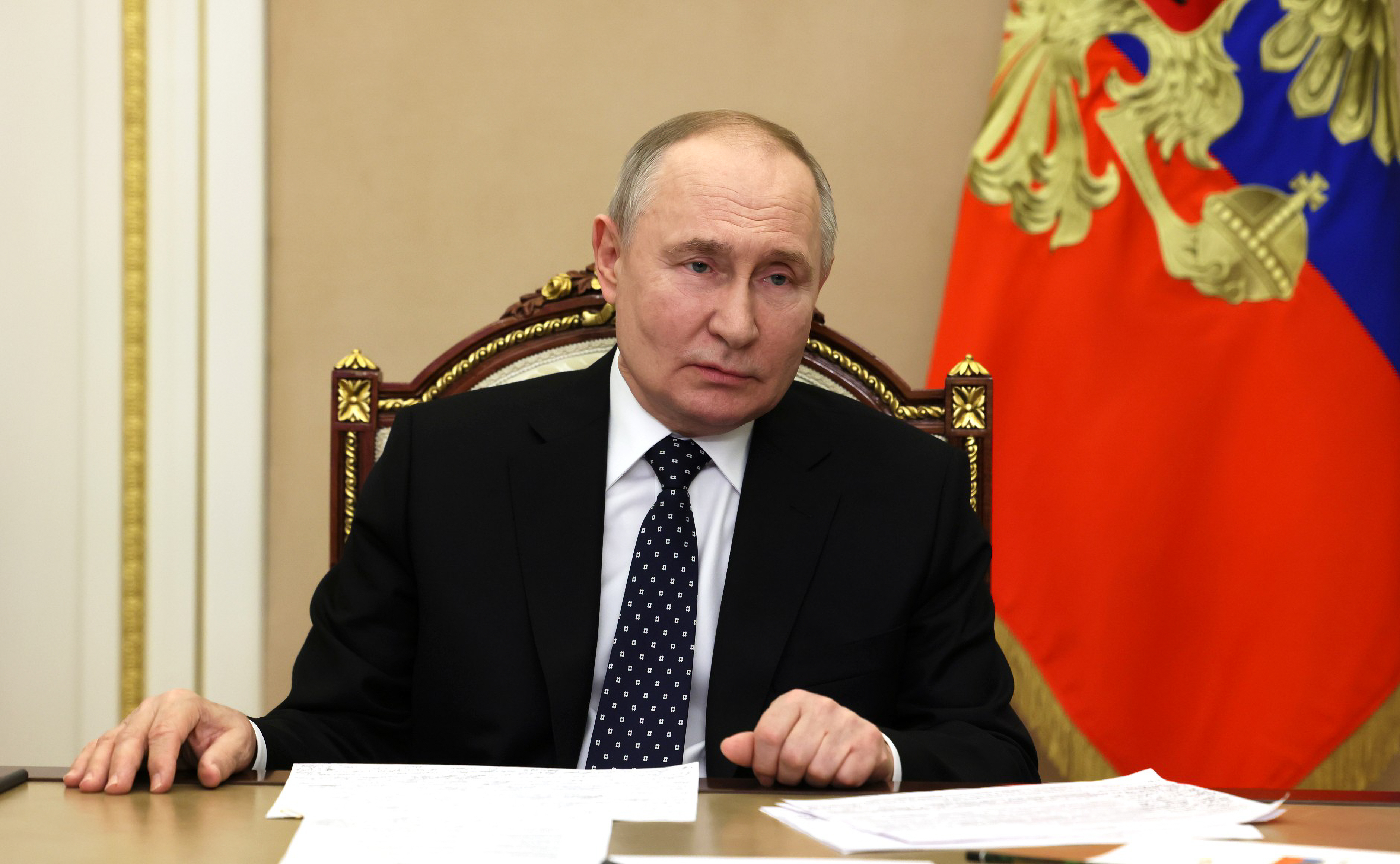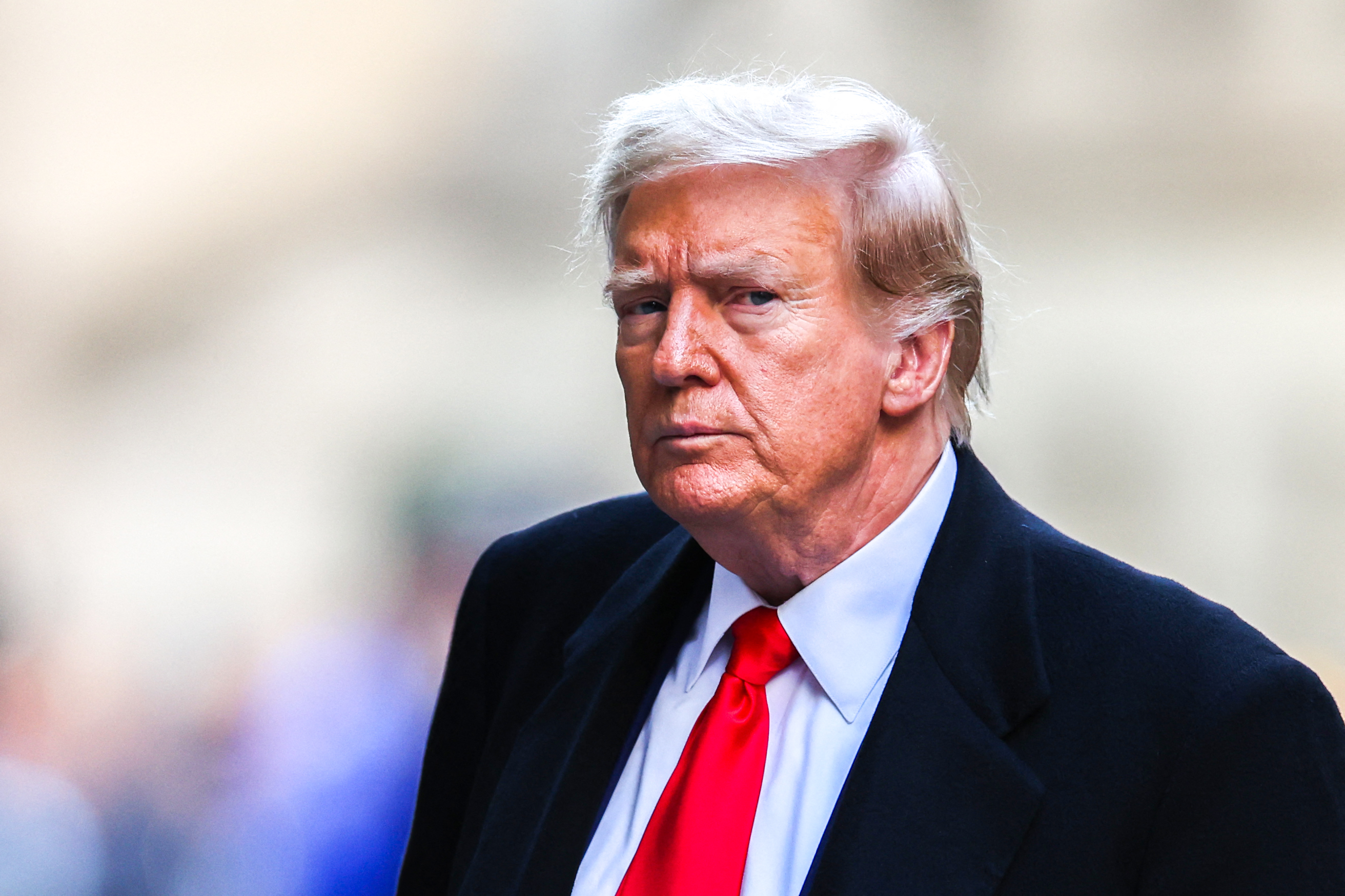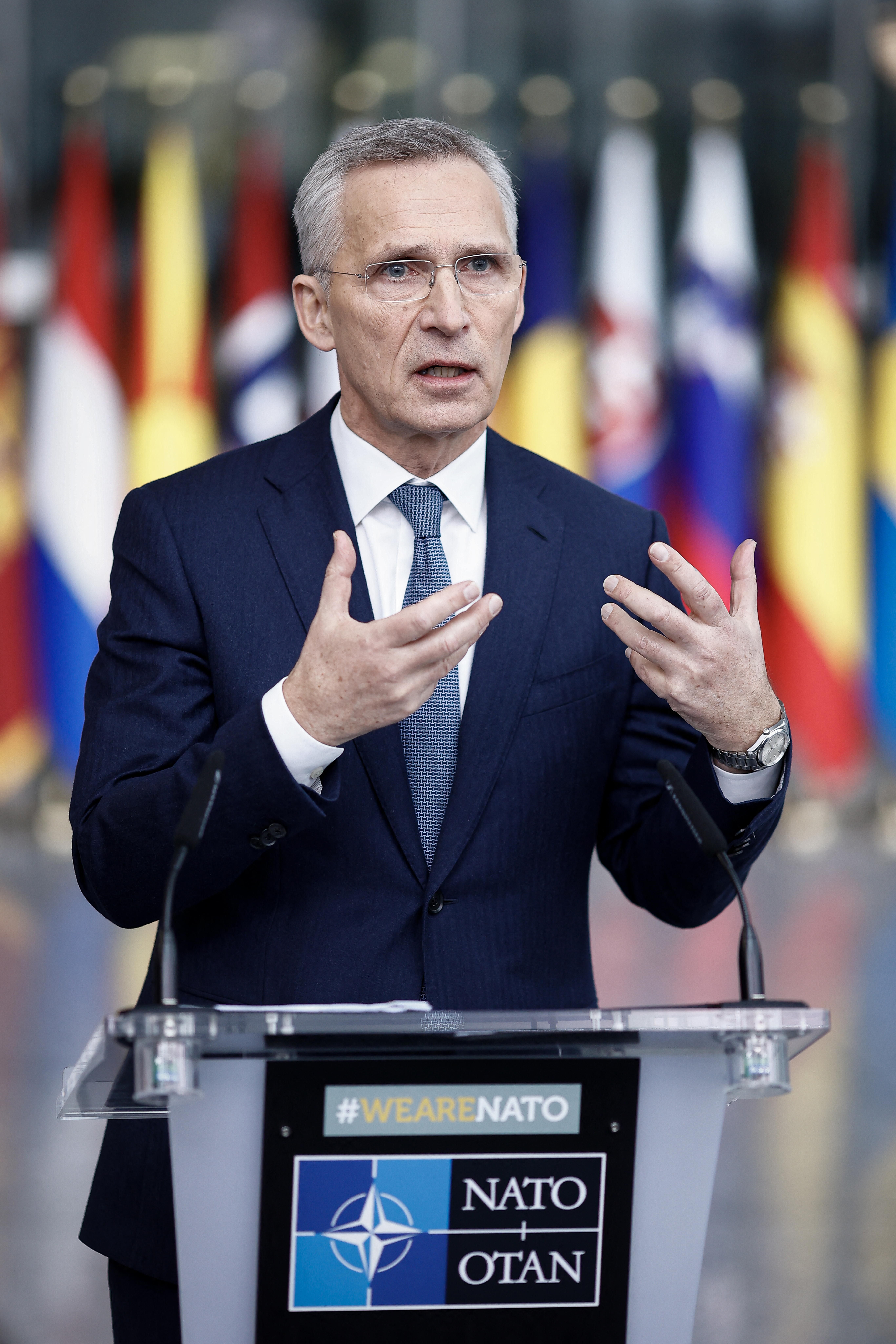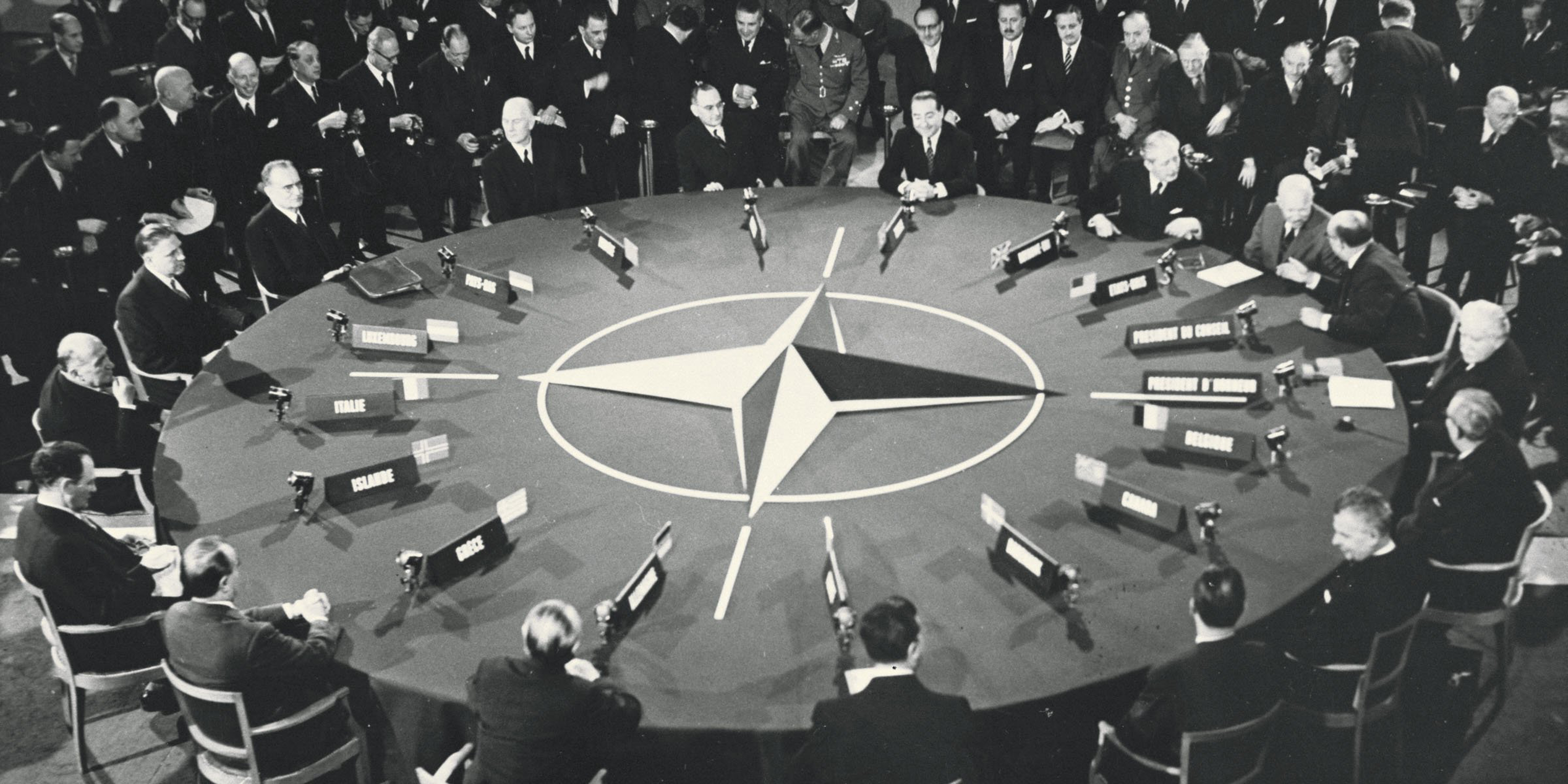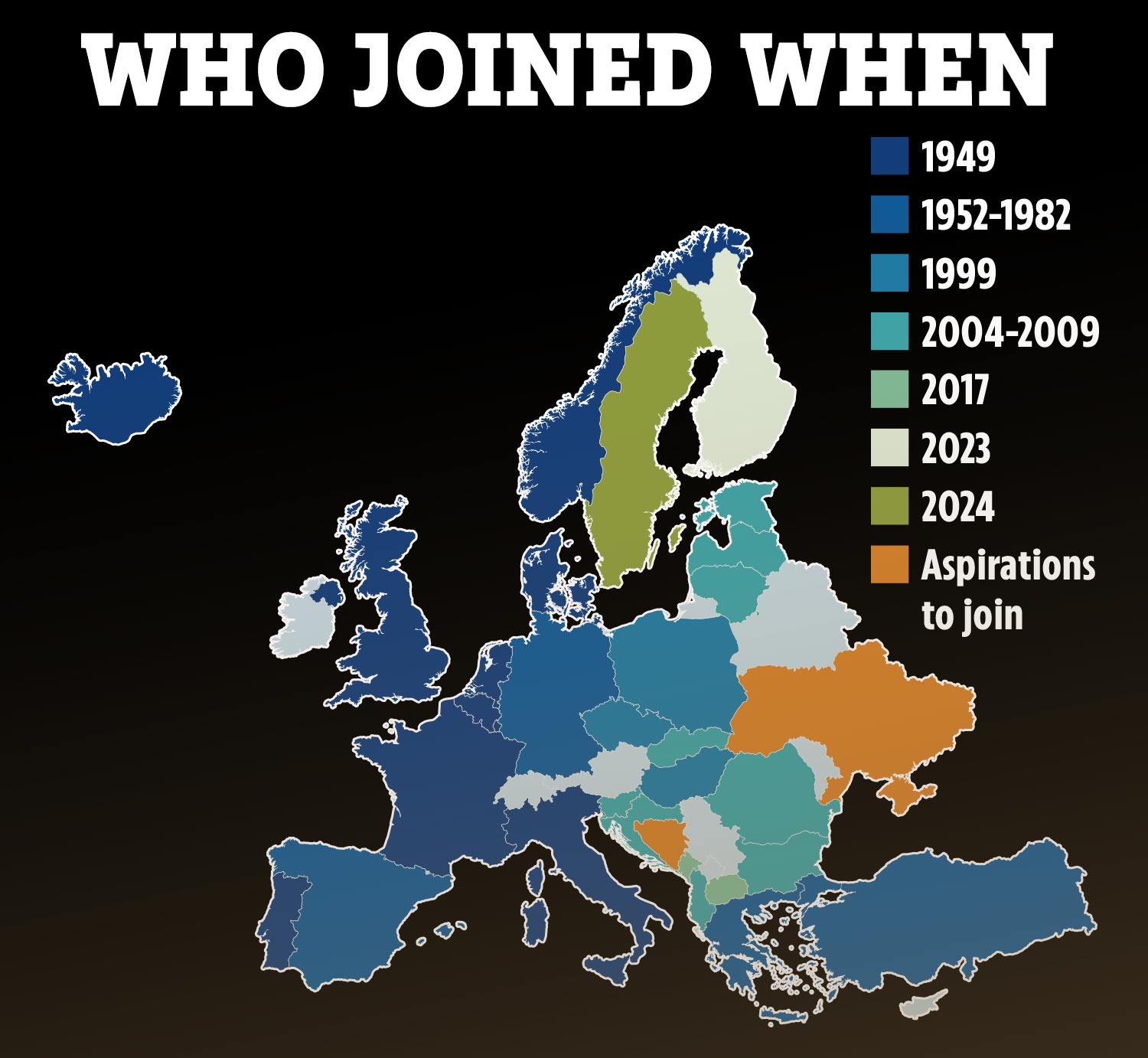
WHEN a dozen allies made a promise to protect each other in the event of war, they helped to lay the foundations for one of the longest stretches of peace that Europe has ever known.
The North Atlantic Treaty, signed 75 years ago yesterday, contained a simple yet powerful principle, “that an armed attack against one . . . shall be considered an attack against them all”.
For the last three-quarters of a century, that solemn vow prevented hostiles states — most notably Russia — from launching a military attack against Nato.
Countries outside the alliance were invaded: Afghanistan, Georgia, Ukraine. Countries inside were not.
Nato survived the Cold War and watched its communist rival, the Warsaw Pact, crumble.
But as Nato foreign secretaries gathered in Brussels to mark the 75th anniversary of the signing of the treaty yesterday, the prospect of a hot war with Russia could hardly have felt closer.
Foreign Secretary Lord Cameron compared the crisis facing Nato to 1938, when Hitler invaded Czechoslovakia and the Allies let him get away with it — paving the way for World War Two.
Cameron told the BBC: “What we face today is as simple as then.
“We have a tyrant in Europe who is trying to redraw borders by force, and there are two choices.
“You can appease that approach or you can confront that approach.”
Most read in The Sun
Today, the tyrant is Vladimir Putin on the rampage in Ukraine.
Two years after he ordered a full-scale invasion of Russia’s neighbour, hundreds of thousands of people have died, millions more have fled their homes, and towns and cities have been levelled as Europe suffers the bloodiest fighting since Nato was founded.
Britain chose to confront that aggression.
From the moment Putin invaded, the UK has led the way by arming Ukraine’s forces with missiles, rockets and main battle tanks when other allies feared such moves risked direct confrontation with Russia.
Cameron warned Ukraine will lose if those “allies don’t step up” soon.
If Ukraine is beaten, Nato is humiliated and Russia will be emboldened — much as Nazi Germany was after Hitler seized the Sudetenland in 1938.
In the decades since Nato was founded, it has grown from the founding 12 members to 32.
Britain’s Ministry of Defence said the alliance’s combined GDP is 20 times greater than Russia’s.
Combined GDP
It has three times as many fighter jets, four times as many tanks, and 16 aircraft carriers compared to Moscow’s one.
Alessandro Minuto-Rizzo, a former top Nato official, said: “The war has reinforced Nato. It is a paradox . . . but this is what has happened.”
Defence Secretary Grant Shapps predicted more countries would join while Russia is on the warpath.
He said: “I’ve no doubt others will want to consider whether it’s time to join in with our collective security.
“It’s important for Europe’s defence that we stand together.”
But the back-slapping in Brussels was tempered by a sense of existential threat.
Secretary General Jens Stoltenberg said: “As we celebrate Nato achievements, we do not rest upon them.
“Europe now faces war on a scale we thought was resigned to history.”
The prospect of Donald Trump returning to the White House also has Nato allies worried.
While US President Joe Biden said America’s commitment to Nato was “sacred” yesterday, Trump has threatened to pull the country out.
In January the former president also claimed he would encourage Russia to attack Nato members who failed to pay two per cent of GDP towards their own defence.
It is the reason why Stoltenberg put forward plans to “Trump-proof” Nato’s support for Ukraine by raising $100billion to arm Kyiv for five years.
'Trump-proof'
Stoltenberg said it would shield military aid from “the winds of political change”.
Those winds blow hot and cold in Washington, where Republican politicians have thwarted White House plans for four months to send $60billion in aid to Ukraine.
The result is Ukraine has been rationing shells, losing lives and ground.
Ukraine’s Foreign Minister Dmytro Kuleba warned yesterday that Stoltenberg’s scheme had ”zero chance” of working unless member states were compelled to pay up. Instead, he repeated his calls for air defence missiles.
He said: “I don’t want to spoil the birthday party, but I felt compelled to deliver a very sobering message on behalf of Ukrainians about the state of Russian air attacks on my country.”
It came as a Russian blitz hit Kharkiv, Ukraine’s second city, killing several people in an apartment block and plunging tens of thousands into darkness.
Yet while Nato nations wrangle over spending two or three per cent of GDP on their defence, Russia is funnelling almost a third if its budget into the war in Ukraine.
Kyiv, meanwhile, has been forced to drop the age of enlistment from 27 to 25 to replace the soldiers slain and maimed in the past two years of fighting.
The war — like most before it — has become a war of resource and attrition.
Experts suspect that Putin’s main hope is waiting for Western resolve to fracture.
Lord Cameron appeared to acknowledge that risk. He said the war was “fundamentally. . . a question of political will”.
He said: “Do we have the patience? Do we have the will? Are we prepared to give the resources? In Britain’s case, definitely the answer is yes.”
US Secretary of State Antony Blinken insisted Nato’s support for Ukraine was “rock solid”.
‘Spoil the birthday party’
He said Ukraine’s fight was “everyone’s fight [as] the aggression being committed by Russia is not only an aggression against Ukraine and its people, it’s an aggression against the very principles that lie at the heart of the international system”.
His comments echoed Nato’s founding treaty, which said members’ aims were to “safeguard the freedom, common heritage and civilization of the peoples, founded on the principles of democracy, individual liberty and the rule of law”.
Read More on The US Sun
It was perhaps with that mission in mind that Lithuania’s Foreign Minister Gabrielius Landsbergis issued this warning.
He said: “Nato’s biggest battles to fight are still in the future, and we have to be ready for them.”
History of protection
1949 12 founding members – UK, USA, Belgium, Canada, Denmark, France, Iceland, Italy, Luxembourg, Netherlands, Norway, Portugal – sign the North Atlantic Treaty in Washington DC.
1952 Greece and Turkey join.
1955 West Germany joins. USSR forms rival Warsaw Pact with Albania, Bulgaria, Czechoslovakia, East Germany, Hungary, Poland and Romania.
1966 France quits Nato’s military structure in protest at US dominance.
1982 Spain joins. 1989 Berlin Wall falls.
1990 Nato and Warsaw Pact agree limits on weapons in Europe.
1991 USSR disintegrates, Warsaw Pact dissolved. Ukraine gets independence.
1995 Nato bombs Bosnian Serbs in first military intervention. 1999 Hungary, Poland, Czech Republic join. US Nato jets accidentally bomb Chinese embassy in Belgrade.
2001 Article 5 invoked in wake of the 9/11 attacks. US invades Afghanistan.
2003 Nato takes command of international security force in Afghanistan.
2004 Bulgaria, Estonia, Lithuania, Latvia, Romania, Slovakia, Slovenia join.
2008 Russia invades Georgia.
2009 Croatia and Albania join Nato
2014 Russia annexes Crimea and backs armed uprisings in E Ukraine.
2017 Montenegro joins.
2020 North Macedonia joins.
2022 Russia invades Ukraine.
2023 Finland joins.
2024 Sweden joins.


